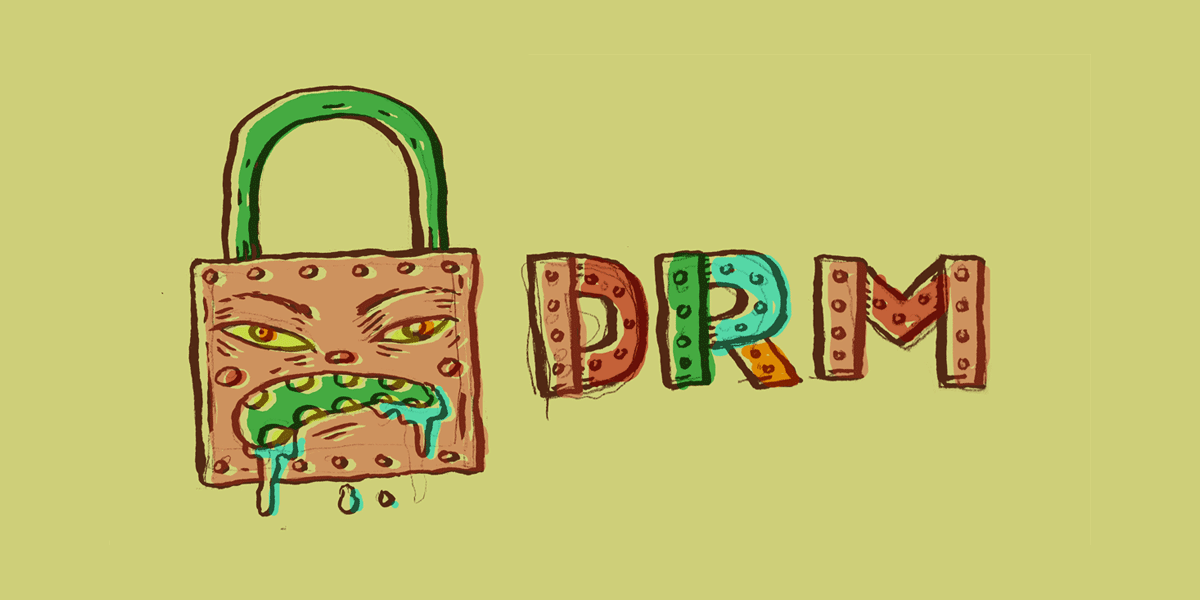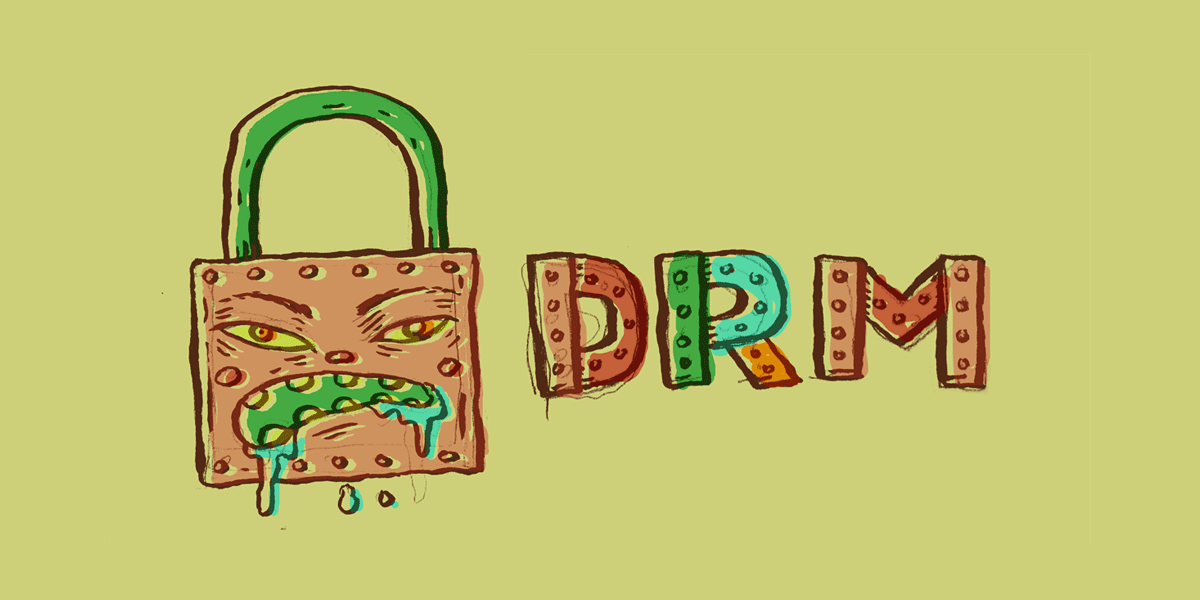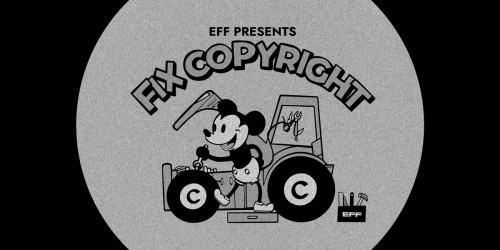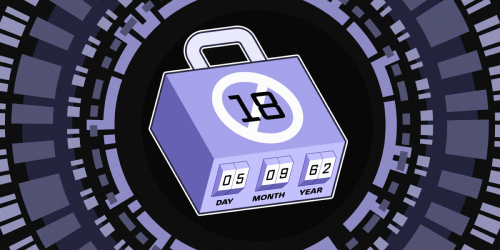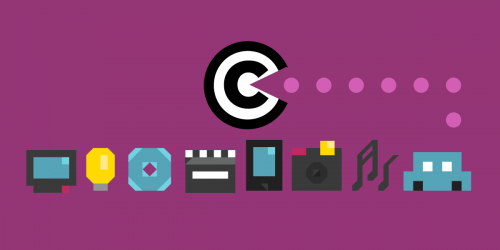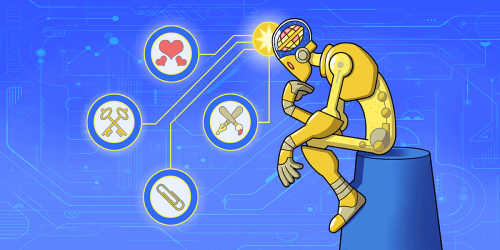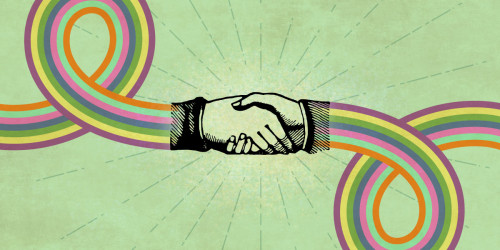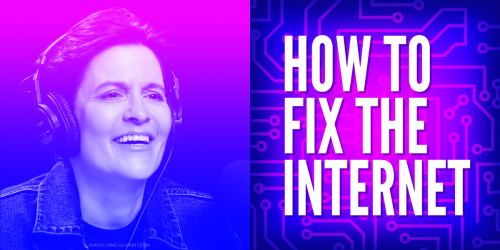Let’s tell the Copyright Office that it’s not a crime to modify or repair your own devices.
Every three years, the Copyright Office holds a rulemaking process where it grants the public permission to bypass digital locks for lawful purposes. In 2018, the Office expanded existing protections for jailbreaking and modifying your own devices to include voice-activated home assistants like Amazon Echo and Google Home, but fell far short of the broad allowance for all computerized devices that we’d asked for. So we’re asking for a similar exemption, but we need your input to make the best case possible: if you use a device with onboard software and DRM keeps you from repairing that device or modifying the software to suit your purposes, see below for information about how to tell us your story.
DMCA 1201: The Law That Launched a Thousand Crappy Products
Why is it illegal to modify or repair your own devices in the first place? It’s a long story. Congress passed the Digital Millennium Copyright Act in 1996. That’s the law that created the infamous “notice-and-takedown” process for allegations of copyright infringement on websites and social media platforms. The DMCA also included the less-known Section 1201, which created a new legal protection for DRM—in short, any technical mechanism that makes it harder for people to access or modify a copyrighted work. The DMCA makes it unlawful to bypass certain types of DRM unless you’re working within one of the exceptions granted by the Copyright Office.
Suddenly manufacturers had a powerful tool for restricting how their customers used their products: build your product with DRM, and you can argue that it’s illegal for others to modify or repair it.
The technology landscape was very different in 1996. At the time, when most people thought of DRM, they were thinking of things like copy protection on DVDs or other traditional media. Some of the most dangerous abuses of DRM today come in manufacturers’ use of it to limit how customers use their products—farmers being unable to repair their own tractors, or printer manufacturers trying to restrict users from buying third-party ink.
When the DMCA passed, manufacturers suddenly had a powerful tool for restricting how their customers used their products: build your product with DRM, and you can argue that it’s illegal for others to modify or repair it.
Section 1201 caught headlines recently when the RIAA attempted to use it to stop the distribution of youtube-dl, a tool that lets people download videos from YouTube and other user-uploaded video platforms. Fortunately, GitHub put the youtube-dl repository back up after EFF explained on behalf of youtube-dl’s developers that the tool doesn’t circumvent DRM.

Abuse of legal protections for DRM isn’t just a United States problem, either. Thanks to the way in which copyright law has been globalized through a series of trade agreements, much of the world has similar laws on the books to DMCA 1201. That creates a worst-of-both-worlds scenario for countries that don’t have the safety valve of fair use to protect people’s free expression rights or processes like the Copyright Office rulemaking to remove the legal doubt around bypassing DRM for lawful purposes. The rulemaking process is deeply flawed, but it’s better than nothing.
Let’s Tell the Copyright Office: Home Hacking Is Not a Crime
Which brings us back to this year’s Copyright Office rulemaking. We’re asking the Copyright Office to grant a broad exception for people to take advantage of in modifying and repairing all software-enabled devices for their own use.
If you have a story about how:
- someone in the United States;
- attempted or planned to modify, repair, or diagnose a product with a software component; and
- encountered a technological protection measure (including DRM or digital rights management—any form of software security measure that restricts access to the underlying software code, such as encryption, password protection, or authentication requirements) that prevented completing the modification, repair, or diagnosis (or had to be circumvented to do so)
—we want to hear from you! Please email us at RightToMod-2021@lists.eff.org with the information listed below, and we’ll curate the stories we receive so we can present the most relevant ones alongside our arguments to the Copyright Office. The comments we submit to the Copyright Office will become a matter of public record, but we will not include your name if you do not wish to be identified by us. Submissions should include the following information:
- The product you (or someone else) wanted to modify, repair, or diagnose, including brand and model name/number if available.
- What you wanted to do and why.
- How a TPM interfered with your project, including a description of the TPM.
- What did the TPM restrict access to?
- What did the TPM block you from doing? How?
- If you know, what would be required to get around the TPM? Is there another way you could accomplish your goal without doing this?
- Optional: Links to relevant articles, blog posts, etc.
- Whether we may identify you in our public comments, and your name and town of residence if so. We will treat all submissions as anonymous unless you expressly give us this permission to identify you.


